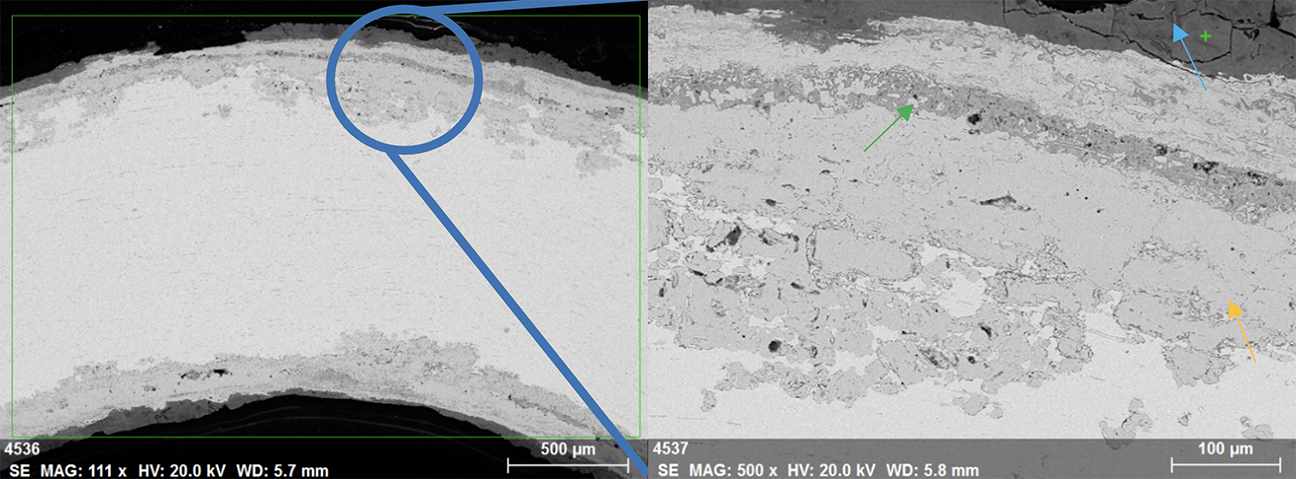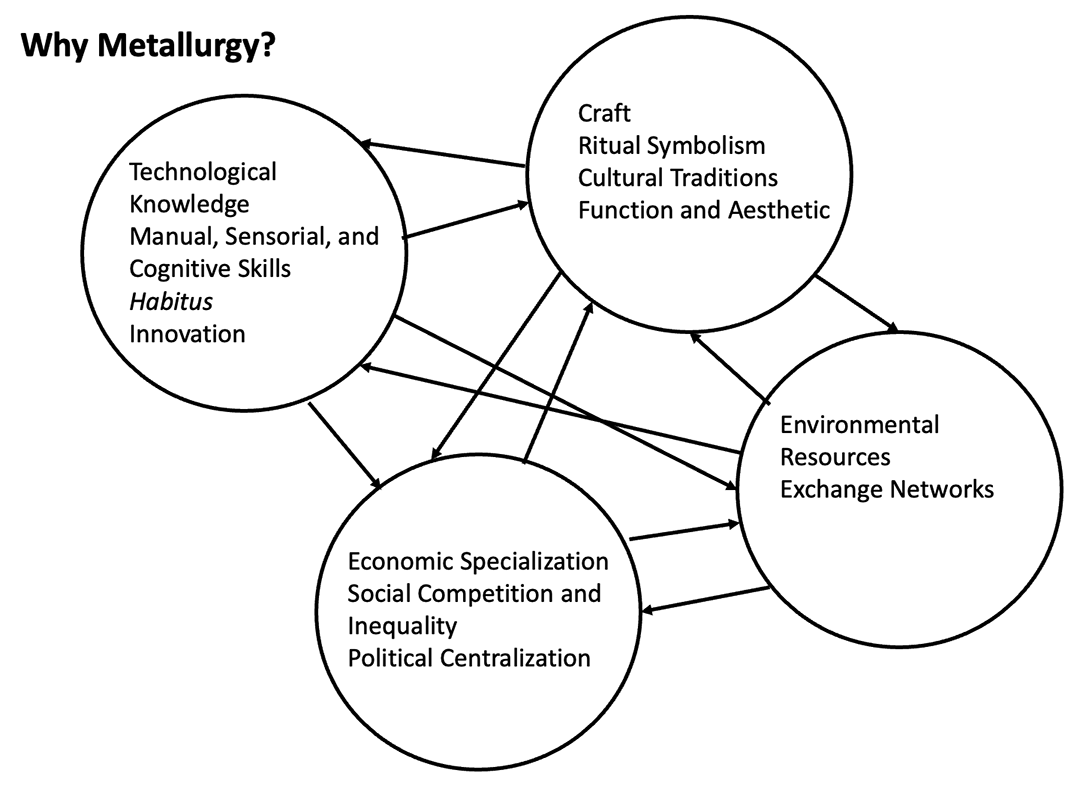Voices From the Field (2022-04-29)
We are proud to announce another completed PhD from the Kaymakçı team! This time, Dalila Alberghina has earned her doctoral degree with a dissertation submitted successfully to the Department of Archaeology and History of Art at Koç University. See below for details!
Metallurgical Practices and Technological Knowledge in Second Millennium BCE Western Anatolia: Contextual, Compositional, and Metallographic Analyses on the LBA Assemblage from Kaymakçı
Dalila M. Alberghina

Abstract
Research on the characteristics, development, and socio-economic impact of metal industries in western Anatolia during the 2nd millennium BCE has remained extremely limited. For decades scholars have focused on either the crucial technological innovations of the 3rd millennium BCE or the abundant evidence coming from better-known cultural horizons of central and southeastern Anatolia, on one hand, and the Aegean region, on the other. As a result, with the exception of few sites supported by a long history of research, western Anatolia has been inappropriately downgraded to the status of “peripheral region” at the fringes of more complex political entities developing throughout the Middle and Late Bronze Ages (ca. 2000/1650 and 1650/1200 BCE). In recent years, however, the growing amount of archaeological data from surveys and excavations has underlined the need to redefine the diverse and autonomous character of the region during a period of great socio-political change and cultural diversification.
This doctoral dissertation contributes to the re-assessment of the history of western Anatolia during the 2nd millennium BCE through the detailed study of the metal assemblage and evidences of metal-making practices discovered at the LBA fortified citadel of Kaymakçı (modern-day province of Manisa). Starting from the analysis of the spatial and diachronic distribution, the present work centers on the elemental and micro- structural characterization of lead and copper-alloyed specimens to investigate alloying and manufacturing strategies, and patterns of diversification and continuity in the metal- making practices adopted by local industries during the 17th/13th centuries BCE. By placing the Kaymakçı dataset within the broader context of archaeometric studies in the region, this contribution aims not only to address discussion on local technological practices but to highlight important trends of socio-economic adaptation in a highly varied region during a crucial phase of the ancient Anatolian past.

